Another 78th FG P-47 – Frank Oiler’s “Eileen” – 1/32 hasegawa
With two other 78th FG P-47s up today, I might as well follow the theme. I've done a lot of studying this past year of these P-47s while writing "Aces of the 78th Fighter Group" (which Osprey will publish this coming fall).
Frank Oiler arrived in the 78th FG just after D-Day and began flying missions in July, assigned a war-weary P-47D-15 "razorback" to which he applied the stunning paint scheme of the bee named for his girlfriend "Eileen." The first "Eileen was shot up during a ground attack mission (which was pretty much all the 78th was flying between D-Day and Market Garden) in August and Oiler received one of the new P-47D-25s to which he also added the scheme; the three "group artists" could get as much as $250 cash - a month's pay for the pilot who paid them - for this kind of effort. (I once had a friend who had been a "group artist" in the 82nd FG and he bought a house and paid cash for it post-war with his wartime earnings)
The 78th began repainting camouflage on their airplanes in July 1944; prior to that the P-47s that arrived in NMF were left that way, but it was decided that the low-level missions they were flying required camouflage - this was mostly applied to new airplanes as they arrived before assignment to a squadron, though 84th FS CO Ben Mayo had "No Guts/No Glory" repainted after having flown it for a month in NMF. As Dick Hewitt explained it to me, they had RAF paint at Duxford, and used RAF Dark Green and RAF Sky for their camouflage. The Dark Green makes sense, since it was developed from the correct shade for World War I P.C.10, which is also the color ancestor for USAAC Olive Drab prior to 1943, so it looked a lot like the OD on the older P-47s in the unit. You can always tell a field-painted P-47, since the leading edges of the flaps will be NMF because the airplane was painted with the flaps up - the factory-applied camouflage was put on the flaps before they were attached to the airplane, so the paint covers all the surfaces. By the end of August, the group had suffered sufficient losses - airplanes shot down or shot up too badly to keep - in the Normandy battles that the razorbacks were almost completely gone. Dick Hewitt recalled that Quince Brown's "Okie II" was the last razorback he remembered, when Brown was shot down on September 6.
The 84th FS had a long history of polishing their airplanes, going back to original squadron CO Gene Roberts, who decreed the airplanes would be given a coat of beeswax. This was unpopular with the ground crew, who were the ones who spent hours applying the stuff and were also most likely to slip and fall off the wing, or have the heavy lower cowling section slip from their hands and fall on their feet while working on the engine. All that polishing only added about 5mph to speed.
Having the flaps down on a 78th FG airplane was a no-no according to Wayne Coleman and Huie Lamb, since the lower surface could get dinged with rocks while taxying (Duxford was a grass strip), putting the pilot "in a whole lot of trouble" with his crew chief.
Decals from Cutting Edge, cockpit interior photoetch detail from Eduard.
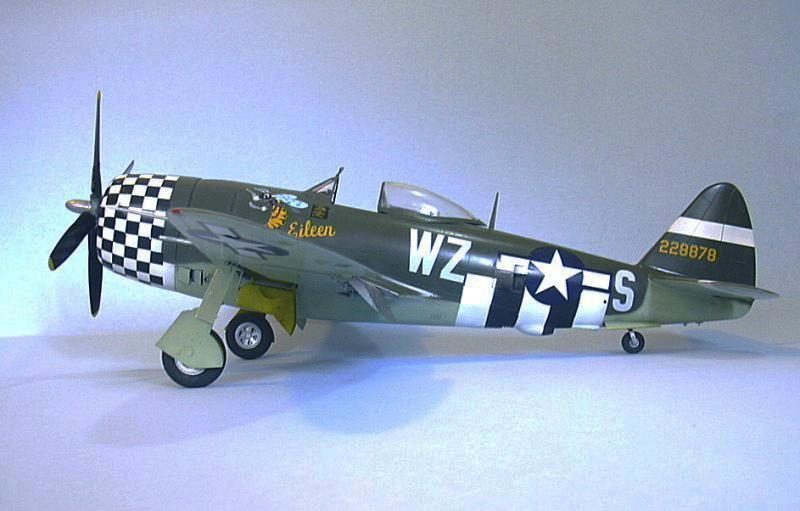
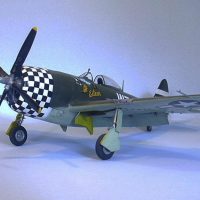

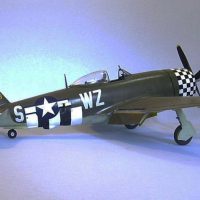

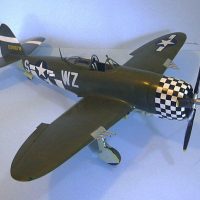
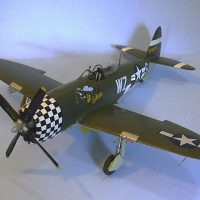
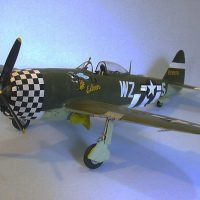
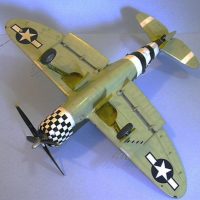

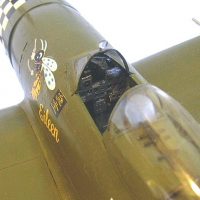
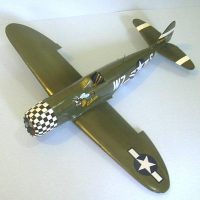
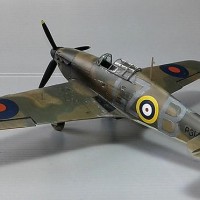

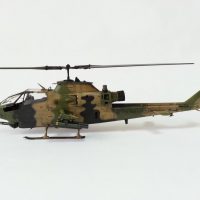
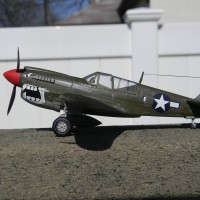
Thats a winner Tom! I've gotta try one of those 1/32 T-Bolts.
Another beauty Tom, and Hasegawa makes a really nice 1:32 scale model too. Great job and great story to boot. Looking forward to the book when it's released.
Yeah I'll sign up for that book too. Got me starting to want to do a checkerboard 'Bolt, want a razorback tho. Nice work.
Lovely model, Tom. A great colour scheme too, especially the nose art.
Cheers,
Tony
Great work Tom, always enjoy the attached history as well.
Darren
To steal a line from Will Rogers..." I haven't met a P-47, I didn't like" or something like that. Great article and build,more importantly a general release date for a new book. Something to look forward too.
This kit is a easy Ten.
I'm working on two Academy P-47 that I found in my stash. I decided one of the will be turned into "Eileen" so this information is very much welcome!
Too bad I already drilled the holes for the underwing pilons. I guess Mr. Surfacer will come into play again 😀